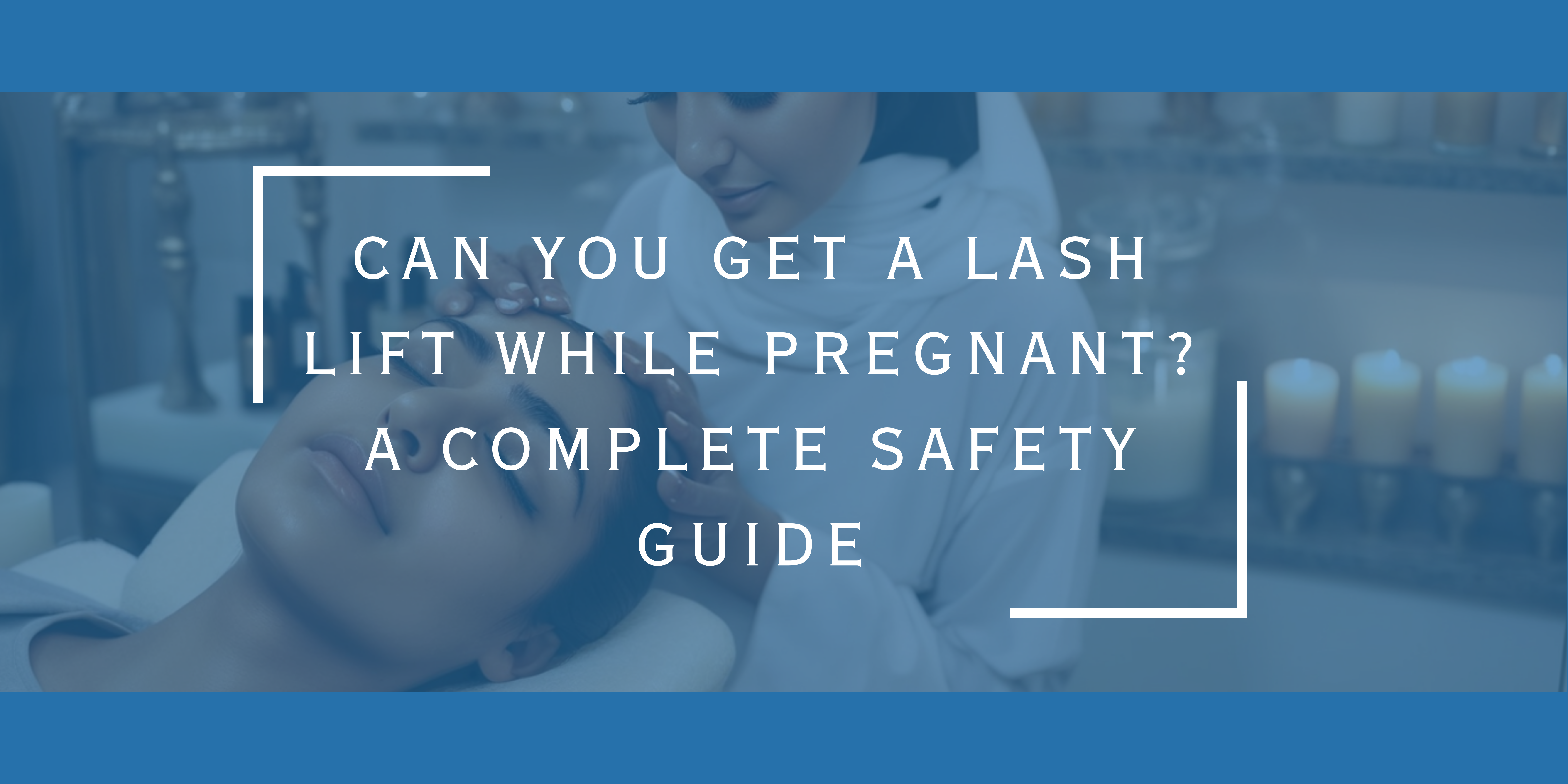 Market Trends
Market Trends
Can You Get a Lash Lift While Pregnant? A Complete Safety Guide
Sarah had been getting regular lash lifts at her favorite eyelash beauty salon for over a year. The treatment gave her beautifully curled, low-maintenance lashes that made her feel confident without daily mascara application. When she discovered she was pregnant with her first child, one of her many questions was whether she could continue her beloved lash lift and tint appointments. Like thousands of expectant mothers worldwide, Sarah found herself navigating the complex world of pregnancy-safe beauty treatments.
Pregnancy brings countless questions about what's safe and what isn't, and beauty treatments often fall into a gray area that leaves many women confused. The desire to maintain your appearance and feel beautiful during pregnancy is completely natural, but safety for both mother and baby must always come first. This comprehensive guide examines everything you need to know about eyelash lifting during pregnancy, from the science behind the treatments to expert recommendations and safer alternatives.
Understanding Eyelash Lifts: What Exactly Are You Getting?
Before diving into pregnancy-specific concerns, it's essential to understand what an eyelash lift actually involves. Also known as lash lamination, this semi-permanent beauty treatment uses chemical solutions to curl and lift your natural lashes from the root, creating the appearance of longer, more voluminous eyelashes without the need for extensions or daily mascara.
The Science Behind Lash Lifting
The lash lift process typically involves several key steps and chemical solutions. First, a lifting solution containing perming agents like ammonium thioglycolate or cysteine is applied to break down the protein bonds in your lash hairs. This allows the lashes to be reshaped around silicone shields or rods. Next, a setting solution locks the new curl pattern in place, followed by a conditioning treatment to nourish the lashes.
The entire process takes approximately 45 minutes to an hour, during which you'll need to lie still with your eyes closed. Many salons combine this with eyelash tinting to darken the lashes, creating an even more dramatic effect that can last 6-8 weeks.
The Pregnancy Dilemma: Why Lash Lifts Become Complicated
Pregnancy fundamentally changes how your body responds to various substances and treatments. Hormonal fluctuations during pregnancy can significantly heighten skin sensitivity, potentially increasing the risk of adverse reactions to the chemicals used in the lash lift process. This increased sensitivity isn't limited to the eye area—it affects your entire body, making pregnant women more susceptible to irritation and allergic responses.
Hormonal Changes and Their Impact
During pregnancy, your estrogen and progesterone levels fluctuate dramatically, particularly during the first trimester. Around the second half of pregnancy, estrogen levels rise sharply, leading to fuller and longer eyelashes due to increased growth. Ironically, while your natural lashes may become more beautiful during pregnancy, they may also respond unpredictably to chemical treatments.
Hormones can also affect the effectiveness of how much the lashes lift during treatment, so this needs to be considered—some lifts may not be as full as you may be used to. The unpredictability means you might experience no effect at all, beautiful results as usual, or results that fade within days rather than the typical 6-8 weeks.
Chemical Exposure Concerns
The primary concern with lash lifts during pregnancy centers on chemical exposure. The primary risk associated with lash lifting is the use of chemical solutions that can cause irritation or allergic reactions, such as burning, swelling, and redness. While the amount of chemical absorbed through the skin during a lash lift is minimal, pregnant women must exercise extra caution with any chemical exposure.
While there is no conclusive evidence suggesting that lash lifts are harmful during pregnancy, it could give you peace of mind to consult with your healthcare provider before undergoing any type of cosmetic procedure.
Expert Opinions: What Beauty Professionals Say
The beauty industry is divided on the safety of lash lifts during pregnancy, with different professionals taking varying approaches based on their experience and risk tolerance.
The Conservative Approach
Many beauty insurance providers will have a clause which states that you are not covered to perform certain treatments on pregnant customers. This insurance limitation reflects the industry's cautious stance on pregnancy treatments.
A survey by the American Society of Plastic Surgeons found that approximately 70% of women become more cautious with cosmetic procedures during pregnancy, indicating a widespread preference for prioritizing safety over aesthetics during this crucial period.
The Conditional Approval Approach
Some professionals take a more nuanced view. The overarching recommendation is you can offer a lash lift during the first and third trimesters, as fluctuations are likely to be less severe during these periods, however, every woman and every pregnancy is different.
Beauty procedures like a lash lift and tint can be done safely during pregnancy, but every pregnancy is different. Therefore, talking to your healthcare provider before scheduling cosmetic procedures when pregnant is best.
Trimester-by-Trimester Safety Considerations
First Trimester (Weeks 1-12): Maximum Caution Required
The first trimester is universally considered the most critical period for fetal development. The first trimester of pregnancy is often the period of higher hormonal changes, and many women are experiencing higher sensitivities during this period, so Elleebana recommends avoiding performing eyelash lifts during this first trimester.
During this period, your baby's organs are forming, making it the most vulnerable time for any chemical exposure. Many beauty professionals and medical experts recommend avoiding all non-essential chemical treatments during the first 12 weeks of pregnancy.
Second Trimester (Weeks 13-27): The "Safe" Window
The second trimester is often considered the safest time for various beauty treatments, including lash lifts. Hormone levels tend to stabilize somewhat, and the risk of miscarriage decreases significantly. However, this doesn't mean treatments are without risk—it simply means the risks may be more manageable.
Third Trimester (Weeks 28-40): Physical Comfort Concerns
While chemical concerns may be reduced in the third trimester, physical comfort becomes a significant factor. Lash lifts typically require the client to lie down with their eyes closed for an extended period. This position might be uncomfortable or even wholly inadvisable for some pregnant individuals, especially in the later stages of pregnancy.
The supine position can cause discomfort and may even affect blood flow in some pregnant women, particularly those in their final trimester.
The Dubai Beauty Scene: Local Perspectives
Dubai's thriving beauty industry offers numerous options for eyelash tinting in Dubai and lash lift services. The city's cosmopolitan nature means you'll find a wide range of approaches to pregnancy beauty treatments.
Finding Pregnancy-Aware Salons
When searching for "lash lamination near me" in Dubai, look for salons that specifically mention pregnancy policies on their websites or marketing materials. Many high-end establishments in areas like Dubai Marina, Downtown Dubai, and Jumeirah have developed specific protocols for pregnant clients.
Some Dubai salons offer pregnancy-safe alternatives or modified treatments that use gentler formulations. Always inform your beauty technician about your pregnancy status during consultation—reputable salons will appreciate your honesty and may offer alternatives or additional safety measures.
- Book consultations at multiple salons to compare their pregnancy policies
- Ask about patch testing requirements—some salons require 48-hour patch tests for pregnant clients
- Inquire about the specific brands and formulations they use
- Look for salons with certified technicians who have experience with pregnant clients
Potential Risks and Complications
Immediate Physical Risks
Chemical Irritation: Chemicals like ammonium or cysteine included in lash lift solutions may be harmful if absorbed through skin or eyes, especially during pregnancy when you are more vulnerable to irritation. This can manifest as redness, itching, swelling, or even chemical burns around the delicate eye area.
Infections: The risk of infections may be higher during pregnancy due to altered immune responses. Ensuring that the salon maintains high hygiene standards is crucial.
Allergic Reactions
Pregnancy can trigger new allergies or intensify existing ones. Pregnant and breastfeeding mothers who do experience a reaction are not able to take antihistamines or antibiotics as these treatments can affect their child and so there are some cautions that need to be taken.
This limitation in treatment options makes prevention absolutely crucial. What might be a minor allergic reaction for a non-pregnant woman could become a serious problem when treatment options are limited.
Unpredictable Results
Pregnancy-induced hormonal fluctuations can affect hair growth and texture. Some pregnant women may experience thick and voluminous lashes, while others may not see the effect of a lash lift at all.
This unpredictability means you might pay for a treatment that doesn't work, or worse, one that works too well and damages your lashes.
Safe Alternatives to Lash Lifts During Pregnancy
Natural Enhancement Methods
Instead of chemical treatments, consider these pregnancy-safe alternatives for beautiful lashes:
- High-Quality Mascara: Invest in a good waterproof, lengthening mascara. Modern formulations can provide dramatic results without chemical processing.
- Eyelash Curlers: A heated eyelash curler can provide lift and curl that lasts throughout the day.
- Lash Primers: Use conditioning lash primers that nourish while providing a base for mascara.
- Castor Oil Treatment: Regular application of castor oil can promote natural lash growth and conditioning.
Professional Alternatives
The best thing you can offer as an alternative is natural lash extensions. Individual lash extensions can be applied to enhance the length and thickness of the lashes. They provide a similar effect to a lash lift but without the use of chemical solutions.
However, even lash extensions aren't risk-free during pregnancy. This is something to be wary of as the hormonal changes could result in a reaction or irritation from the lash glue, however, this is deemed a safer option than a lash lift.
Pregnancy-Safe Lash Serums
Some lash growth serums are considered safer during pregnancy, particularly those with natural ingredients. However, avoid serums containing prostaglandin analogs, which are contraindicated during pregnancy. Always consult your healthcare provider before starting any new beauty products during pregnancy.
Making the Decision: Questions to Ask Yourself
If you're considering getting a lash lift during pregnancy, ask yourself these important questions:
- What trimester am I in? First trimester carries the highest risk, while second and third may be more manageable.
- Do I have a history of allergies? If you've never had sensitivities to beauty treatments, you may be at lower risk, but pregnancy can change this.
- How experienced is my technician? Choose someone with specific experience treating pregnant clients.
- What does my doctor say? Your healthcare provider's opinion should carry significant weight in your decision.
- Am I comfortable with unknown risks? Since these treatments haven't been extensively studied in pregnant women, some risk remains unknown.
Professional Safety Protocols for Pregnant Clients
If you decide to proceed with a lash lift during pregnancy, ensure your chosen salon follows these enhanced safety protocols:
Pre-Treatment Requirements
- Extended Patch Testing: 48-72 hours before treatment, not the standard 24 hours
- Medical Clearance: Some salons require written approval from your healthcare provider
- Detailed Health History: Complete disclosure of pregnancy stage, complications, and sensitivities
- Informed Consent: Detailed explanation of risks and alternatives
During Treatment Safety Measures
- Enhanced Ventilation: Well-ventilated treatment rooms to minimize chemical exposure
- Shorter Processing Times: Conservative timing to reduce chemical exposure
- Frequent Check-ins: Regular monitoring for any adverse reactions
- Comfort Accommodations: Pillows and positioning aids for physical comfort
The Science of Pregnancy and Beauty Treatments
Understanding the physiological changes during pregnancy helps explain why beauty treatments become more complicated. Your skin becomes more permeable due to increased blood flow and hormonal changes. This means that substances applied topically may be absorbed more readily than in non-pregnant women.
Additionally, your immune system undergoes significant changes during pregnancy. While this prevents your body from rejecting the fetus, it can also make you more susceptible to infections and allergic reactions.
Research Limitations
One of the biggest challenges in making informed decisions about beauty treatments during pregnancy is the lack of specific research. Experts have not officially tested lash tint and lash lift products (and most beauty products in general) on pregnant or breastfeeding women.
This research gap exists for ethical reasons—conducting studies on pregnant women would be considered unethical if there's any potential for harm. However, this leaves expectant mothers to make decisions based on limited information.
Global Perspectives on Pregnancy Beauty Treatments
Different countries and cultures have varying approaches to beauty treatments during pregnancy. In some European countries, certain beauty treatments are more strictly regulated during pregnancy, while other regions take a more permissive approach.
The UAE's cosmetic industry follows international safety standards, and many eyelash beauty salons in Dubai adhere to European or American guidelines for pregnancy treatments. This generally means taking a cautious approach to chemical treatments during pregnancy.
Cost Considerations and Insurance
Beyond safety concerns, there are practical considerations when it comes to lash lifts during pregnancy. The unpredictable results mean you might not get the value you expect from the treatment. Additionally, some insurance policies don't cover adverse reactions from elective beauty treatments during pregnancy.
Given the potential for shortened duration or poor results due to hormonal changes, you might find better value in waiting until after pregnancy and breastfeeding to resume regular lash lift and tint treatments.
Post-Pregnancy Beauty Planning
If you decide to wait until after pregnancy for your next lash lift, start planning your post-baby beauty routine. Many women find that their hair texture and growth patterns change permanently after pregnancy, which could affect how your lashes respond to treatments.
Consider booking a consultation with your preferred eyelash beauty salon a few months after giving birth to reassess your lash condition and treatment options. By this time, your hormones will have stabilized, and you'll have a better understanding of how pregnancy has affected your natural lashes.
Real Stories from Pregnant Women
Many women in online forums and beauty communities share their experiences with lash lifts during pregnancy. While individual experiences vary greatly, common themes include:
- Increased sensitivity to smells during treatment
- Unpredictable results that differed from pre-pregnancy treatments
- Discomfort lying flat for extended periods
- Concerns about chemical exposure that overshadowed enjoyment of the treatment
These real-world experiences highlight the importance of considering not just physical safety, but also emotional comfort and peace of mind during pregnancy.
The Bottom Line: Making an Informed Decision
The question "Can you get a lash lift while pregnant?" doesn't have a simple yes or no answer. The decision involves weighing multiple factors including your health status, pregnancy stage, risk tolerance, and the availability of qualified professionals.
Here's what the evidence suggests:
- First Trimester: Most experts recommend avoiding lash lifts during this critical developmental period.
- Second and Third Trimesters: Some professionals consider these treatments acceptable with proper precautions and medical clearance.
- Individual Variation: Your personal health history, sensitivity patterns, and pregnancy complications all influence safety.
- Professional Expertise: The experience and safety protocols of your chosen technician are crucial factors.
While lash lifts are generally considered safe cosmetic procedures, it's crucial to prioritize the health and safety of both yourself and your developing baby. When in doubt, err on the side of caution and consider the many beautiful alternatives available.
Looking Forward: Post-Pregnancy Beauty
Remember that pregnancy is temporary, but the safety of you and your baby is paramount. If you choose to wait until after pregnancy for eyelash lifting and tinting treatments, you're not missing out—you're making a responsible choice.
Many women find that taking a break from chemical beauty treatments during pregnancy gives them a chance to appreciate their natural beauty and develop new, gentler beauty routines that they continue to enjoy long after giving birth.
Whether you're searching for "lash lamination near me" or considering eyelash tinting in Dubai, the most important thing is making a decision that feels right for you and your growing family. Trust your instincts, consult with healthcare professionals, and remember that beautiful lashes can wait—but a healthy pregnancy cannot be replaced.
Share Your Experience
Have you navigated beauty treatments during pregnancy? Whether you chose to continue with lash lifts, found amazing alternatives, or decided to wait until after pregnancy, your experience could help other expectant mothers make informed decisions.
Share your story in the comments below or on social media using #PregnancyBeautyJourney. Your insights could be exactly what another mom-to-be needs to hear!
Remember: Every pregnancy is unique, and what works for one woman may not be right for another. Always consult with your healthcare provider before making decisions about beauty treatments during pregnancy.
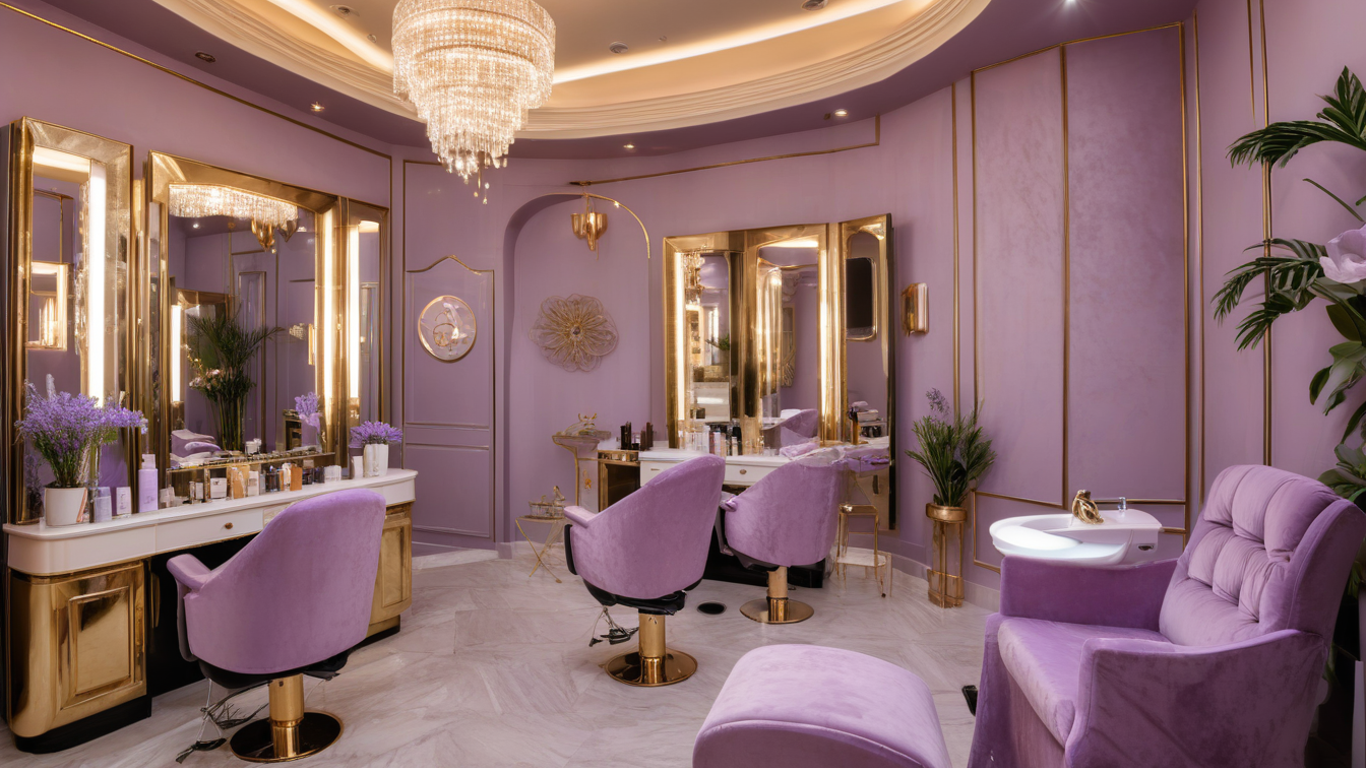
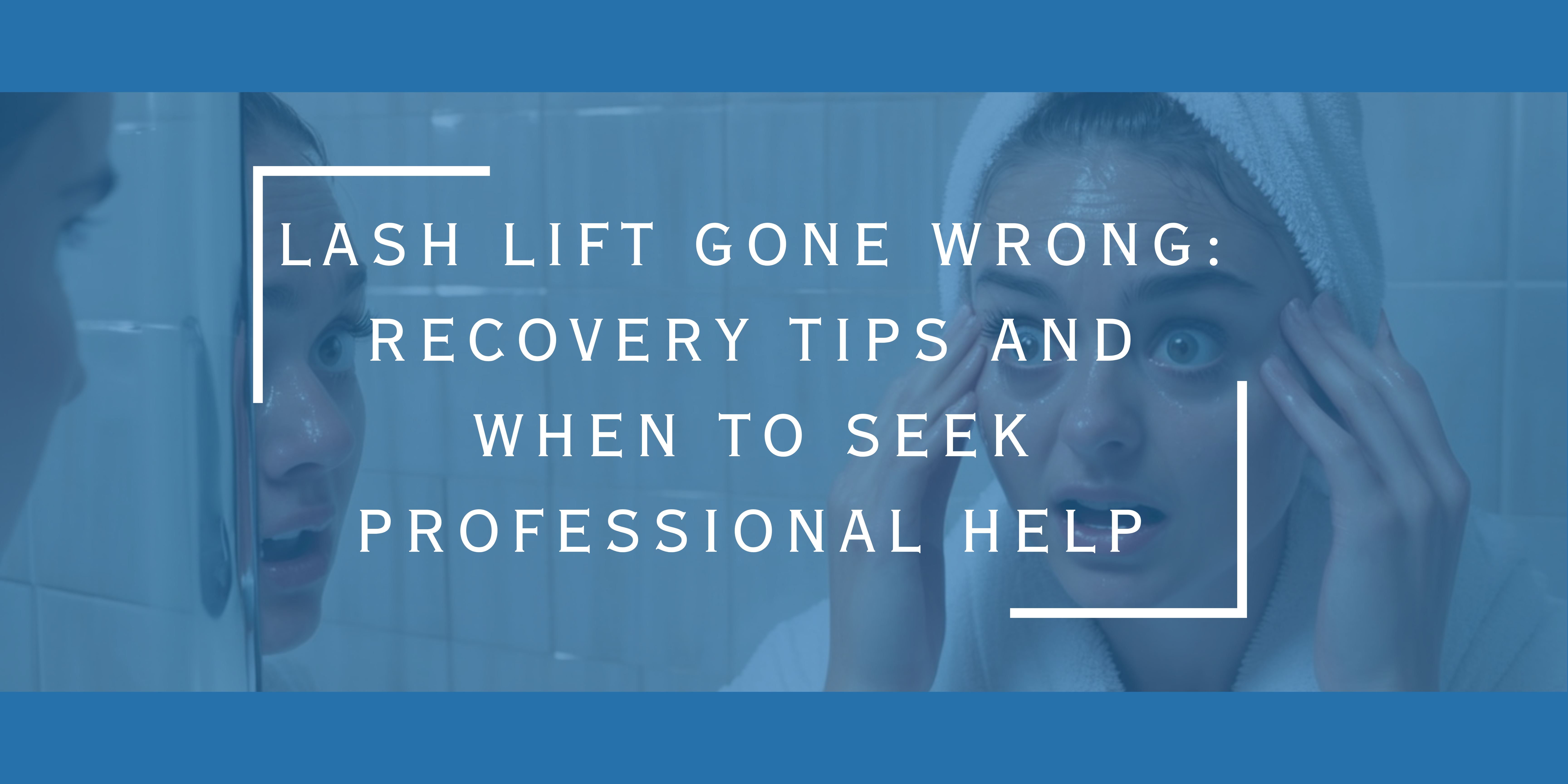
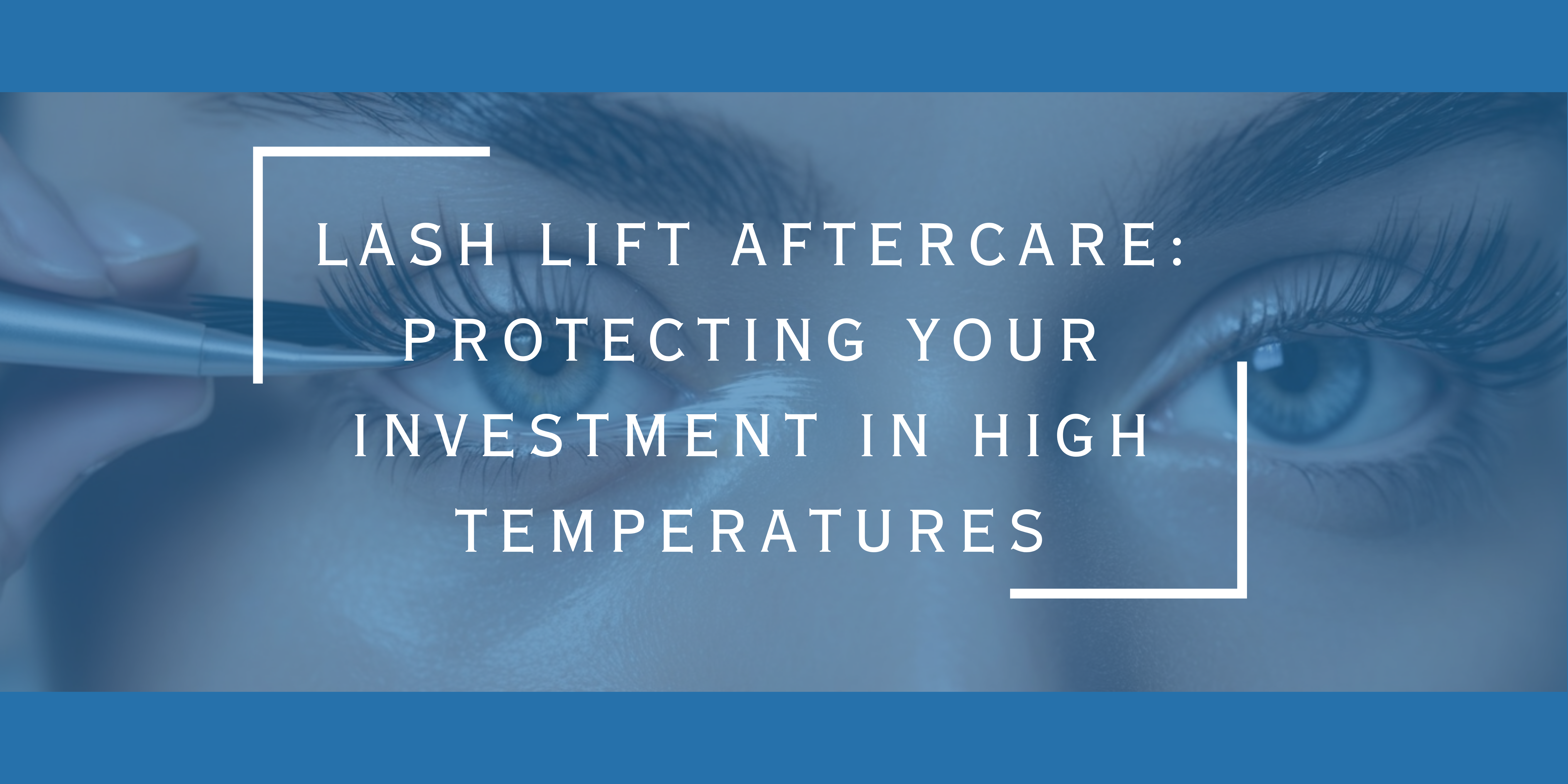
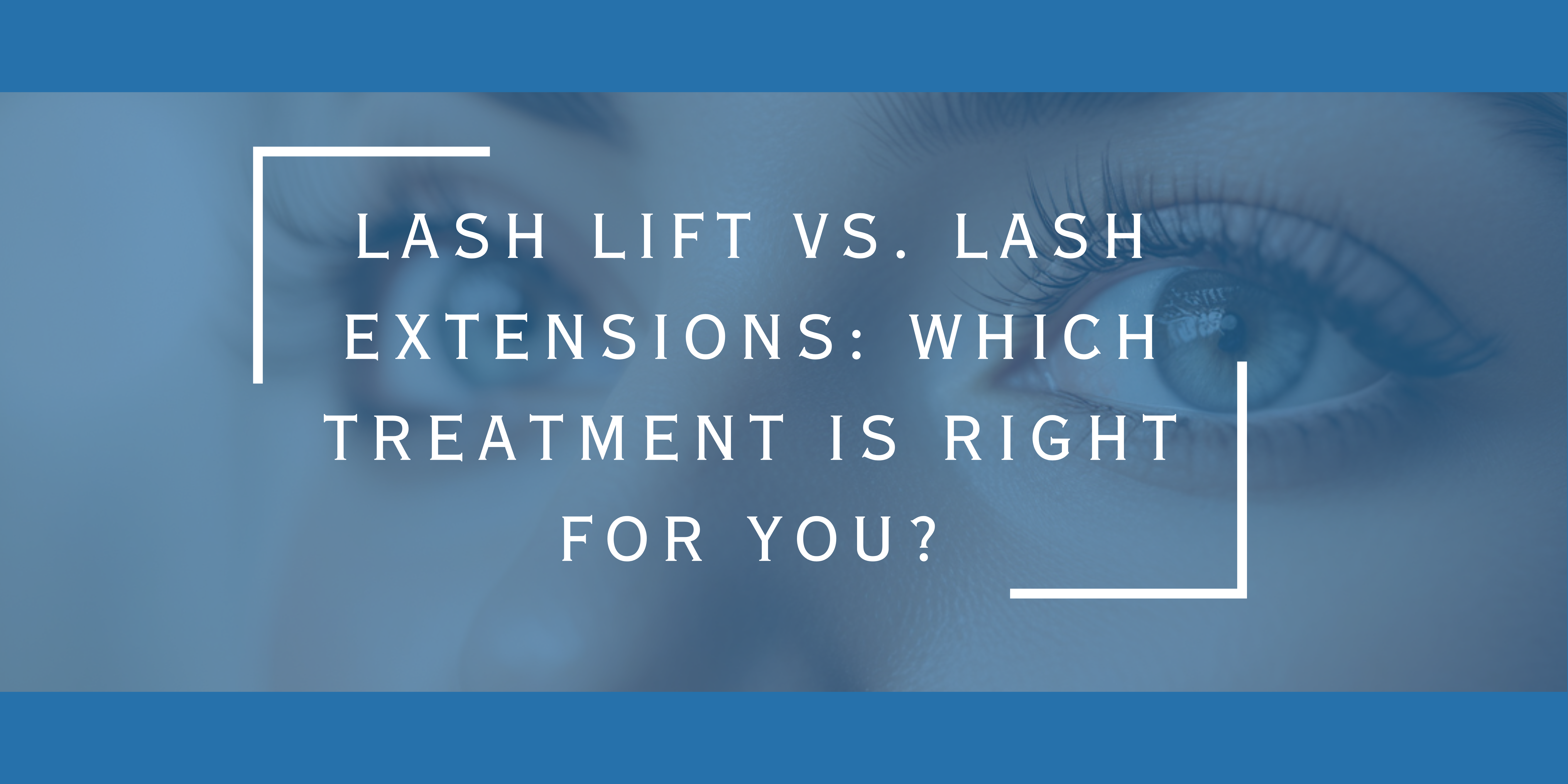


Comments (0)
{{ obj.comment_user_info.fullname }}
{{ obj.date_formatted }}{{ expandedComments[index] ? obj.comment : obj.comment.slice(0, 50) + (obj.comment.length > 50 ? '...' : '') }}
Add Comments
Login to comment